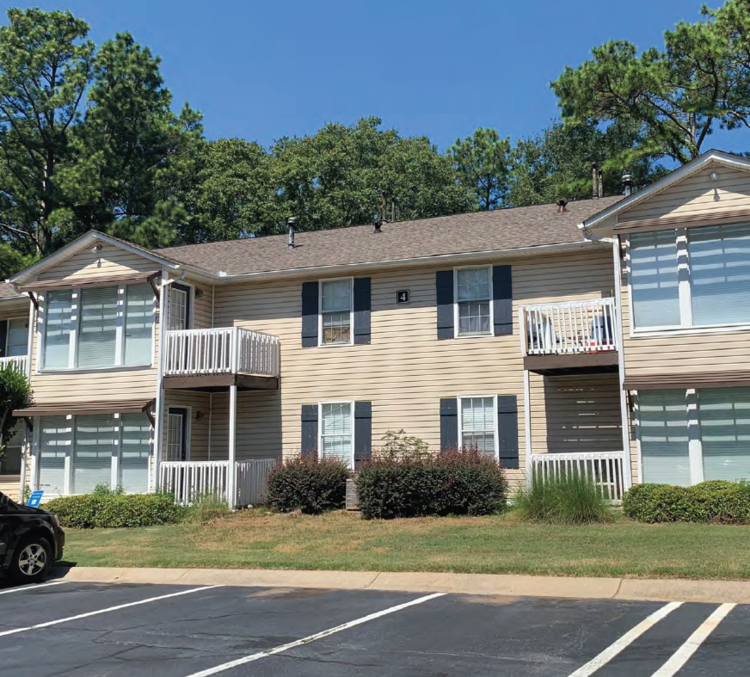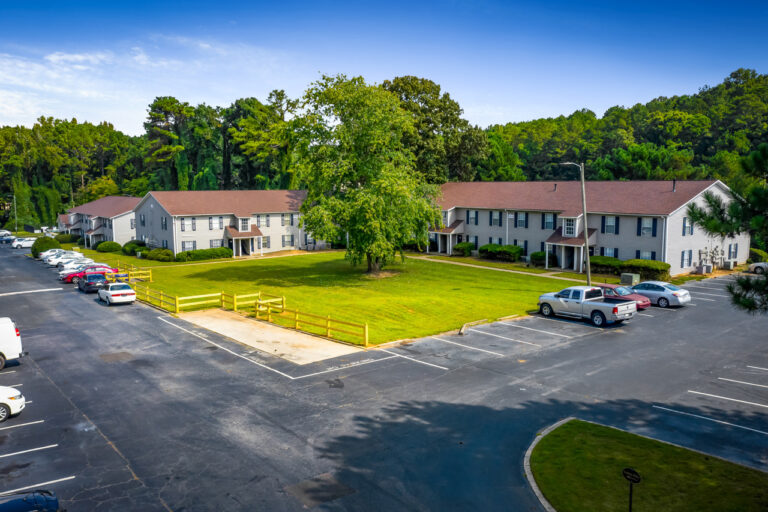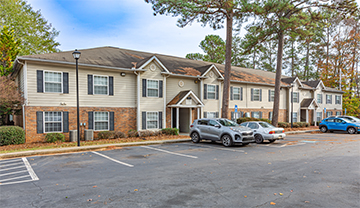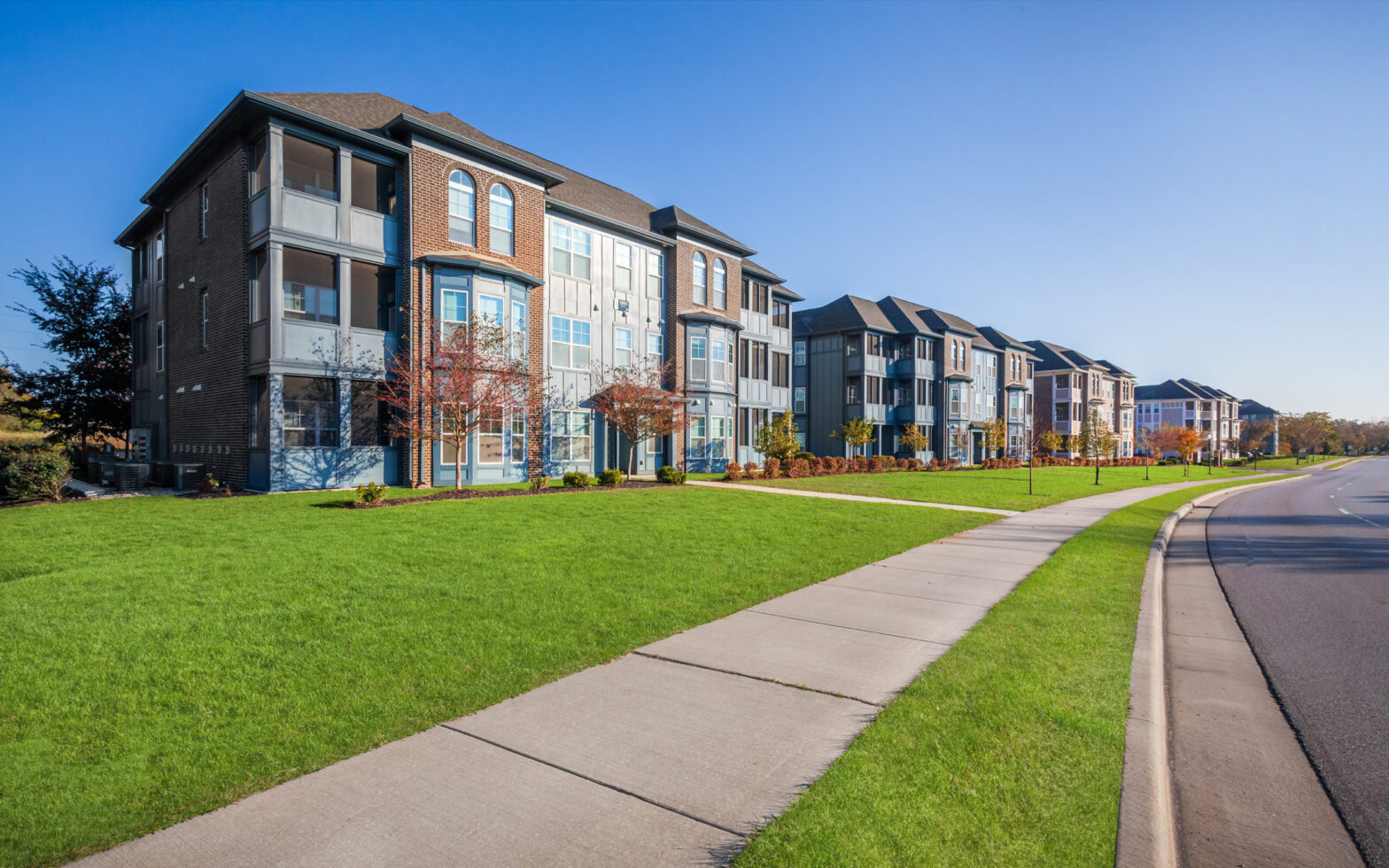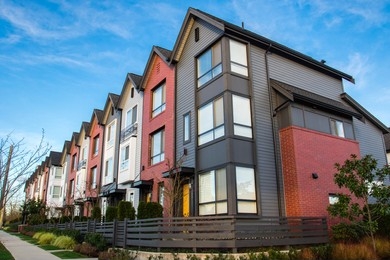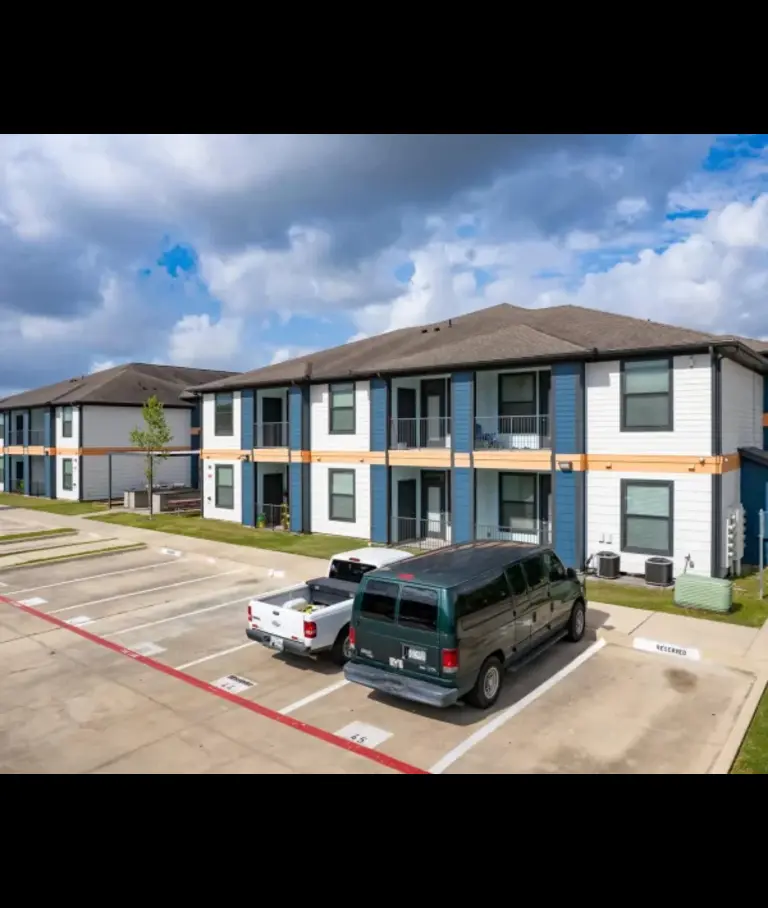Multifamily acquisitions offer an attractive entry point for passive investors looking to dip their toes into real estate. But before diving in, understanding the due diligence phase is crucial. It’s the stage where investors can separate the gems from the duds, ensuring they make informed decisions. This guide’ll break down the due diligence process in… Continue reading The Passive Investor’s Guide: Demystifying Due Diligence in Multifamily Acquisitions
Author: crownbaygroup
Emerging Opportunities: Distressed Multifamily Properties in 2024
Multifamily properties remain a cornerstone for seasoned players and newcomers seeking lucrative ventures. However, the 2024 multifamily market unveils a distinctive landscape marked by increased distressed properties, offering a blend of challenges and promising prospects for discerning investors. A notable trend has emerged in recent months, spotlighting properties acquired within the past couple of years.… Continue reading Emerging Opportunities: Distressed Multifamily Properties in 2024
Protecting Real Estate Syndication Returns: The Costly Impact of Overlooking Property Tax Reassessments in Multifamily Investments
In the dynamic world of multifamily property investments, overlooking crucial factors like property tax reassessments can lead to substantial financial setbacks. Let’s dive into a real-life example illustrating how failure to underwrite property taxes properly can drastically impact cash flow and property valuation. Imagine an investor eyeing a multifamily property and analyzing its potential profitability.… Continue reading Protecting Real Estate Syndication Returns: The Costly Impact of Overlooking Property Tax Reassessments in Multifamily Investments
Multifamily Deal Timing: From LOI to Wiring Funds
Entering the multifamily real estate investment arena as a passive investor requires a fundamental grasp of the investment process. This Multifamily deal timing blog post aims to illuminate the stages from the initial Letter of Intent (LOI) to wiring funds, providing insight into what to anticipate and when to take decisive action. Letter of… Continue reading Multifamily Deal Timing: From LOI to Wiring Funds
Navigating Multifamily Syndication Deals: A Guide for Potential Investors
Investing in multifamily real estate can be a lucrative venture, offering investors the opportunity to generate passive income and build long-term wealth. However, diving into multifamily syndication deals—a popular investment strategy—requires careful consideration and understanding of the process. In this article, we’ll explore the fundamentals of multifamily syndication deals and provide insights for potential investors… Continue reading Navigating Multifamily Syndication Deals: A Guide for Potential Investors
Unlocking the Potential: Multifamily Syndication Returns Uncovered
Multifamily syndication presents a compelling avenue for investors to unlock the potential of real estate investment while leveraging the expertise of seasoned professionals. Understanding how syndication returns work is essential for investors looking to maximize their investment opportunities and achieve their financial goals. To uncover their wealth-building potential, let’s delve into the intricacies of multifamily… Continue reading Unlocking the Potential: Multifamily Syndication Returns Uncovered
Beyond the Cash Flow: Understanding the Long-Term Dynamics of Multifamily Investments
In the multifamily real estate investment landscape, the promise of high initial cash flow can be alluring, offering immediate returns on investment. However, seasoned investors recognize that focusing solely on short-term gains can obscure the broader picture. This post will explore why multifamily deals boasting high initial cash flow may need more long-term upside potential,… Continue reading Beyond the Cash Flow: Understanding the Long-Term Dynamics of Multifamily Investments
Understanding the Risks of Investing in Multifamily Syndications
Investing in multifamily syndications can be an enticing opportunity for passive investors seeking to diversify their portfolios and generate steady income streams. However, like any investment, it’s crucial to understand and assess the associated risks before committing capital. In this article, we’ll explore the potential risks involved in investing as a limited partner in multifamily… Continue reading Understanding the Risks of Investing in Multifamily Syndications
Casting the Net: How Multifamily Syndicators Secure Properties Through Broker Relationships and Off-Market Deals
Multifamily syndicators employ various strategies to identify and acquire properties that align with their investment objectives and criteria. One primary method syndicators use is leveraging relationships with real estate brokers, who serve as intermediaries between buyers and sellers in the commercial real estate market. Working with Brokers: Real estate brokers specialize in connecting buyers with… Continue reading Casting the Net: How Multifamily Syndicators Secure Properties Through Broker Relationships and Off-Market Deals
Unlocking Passive Income: Demystifying Cash Flow in Multifamily Properties and the Nuances of Value-Add Investments
Investing in multifamily real estate syndications offers a unique avenue for passive investors to generate a steady stream of passive income through cash flow. Understanding how cash flow works in these properties is critical to making informed investment decisions and realizing the potential for financial growth. However, it’s crucial to recognize that not all multifamily… Continue reading Unlocking Passive Income: Demystifying Cash Flow in Multifamily Properties and the Nuances of Value-Add Investments


